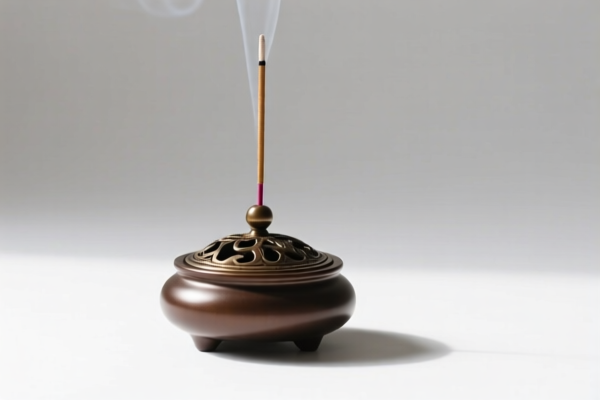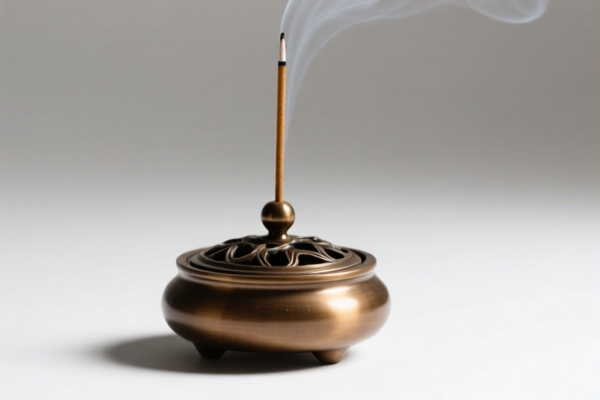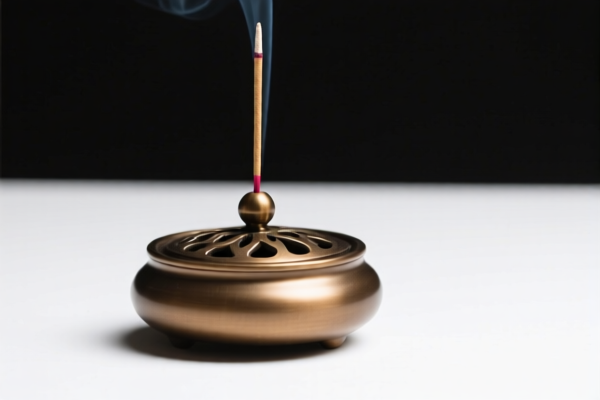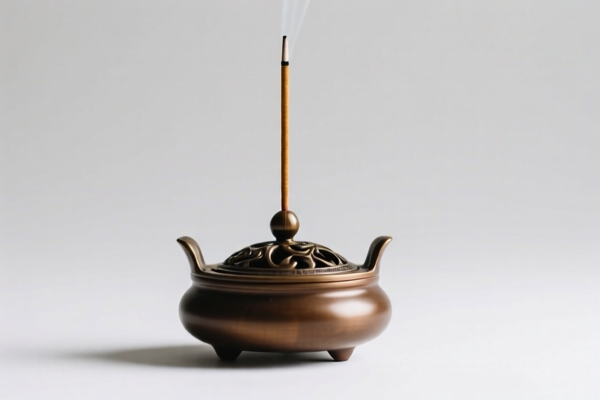| HS Code | Official Doc | Tariff Rate | Origin | Destination | Effective Date |
|---|---|---|---|---|---|
| 7326908688 | Doc | 82.9% | CN | US | 2025-05-12 |
| 7326903500 | Doc | 87.8% | CN | US | 2025-05-12 |
| 7323997000 | Doc | 60.3% | CN | US | 2025-05-12 |
| 7323999080 | Doc | 83.4% | CN | US | 2025-05-12 |
| 8306100000 | Doc | 35.8% | CN | US | 2025-05-12 |
| 8306290000 | Doc | 30.0% | CN | US | 2025-05-12 |
| 8301406060 | Doc | 43.2% | CN | US | 2025-05-12 |
| 7616995190 | Doc | 82.5% | CN | US | 2025-05-12 |
| 7616995160 | Doc | 57.5% | CN | US | 2025-05-12 |
| 7615109100 | Doc | 65.6% | CN | US | 2025-05-12 |
| 3926904000 | Doc | 32.8% | CN | US | 2025-05-12 |
| 3924104000 | Doc | 33.4% | CN | US | 2025-05-12 |
| 3924905650 | Doc | 40.9% | CN | US | 2025-05-12 |
| 6914108000 | Doc | 64.0% | CN | US | 2025-05-12 |
| 6914908000 | Doc | 60.6% | CN | US | 2025-05-12 |
| 6913905000 | Doc | 43.5% | CN | US | 2025-05-12 |
| 6913105000 | Doc | 37.5% | CN | US | 2025-05-12 |




Hanging Incense Burner
A hanging incense burner is a vessel designed to suspend and burn incense, typically employing a frame to contain and safely hold the burning material. These burners are utilized across various cultures and settings for aromatic, spiritual, or decorative purposes.
Material:
- Metal: Brass is a common material due to its durability, heat resistance, and aesthetic qualities. Other metals like iron, copper, and stainless steel are also used.
- Wood: Some burners incorporate wood, often for the frame or decorative elements.
- Glass: Glass burners, frequently used for essential oil burners with incense sticks as a heat source, are also available.
- Ceramic: Ceramic is used for the bowl portion, providing insulation and a traditional look.
Purpose:
- Aromatherapy: Dispersing fragrances for relaxation, meditation, or mood enhancement.
- Spiritual Practice: Used in religious ceremonies, rituals, or personal devotion in traditions like Buddhism, Taoism, and Shinto. Incense smoke is often considered an offering or a means of purification.
- Air Purification: Traditionally, incense smoke was believed to cleanse the air.
- Decorative Element: Burners themselves can be ornate and aesthetically pleasing, serving as visual focal points.
- Insect Repellent: Certain incense types possess insect-repelling properties.
Function:
The core function is to safely contain the burning incense and allow the smoke and fragrance to diffuse. Burners typically consist of:
- Bowl/Receptacle: Holds the incense material (sticks, cones, coils, or loose powder/granules).
- Frame/Suspension System: Provides structural support and allows the burner to be hung from the ceiling, a wall bracket, or a stand. Often includes chains, hooks, or a decorative metalwork structure.
- Ash Collection: Many burners are designed to catch falling ash, preventing mess and potential fire hazards. Some incorporate a tray or mesh bottom.
Usage Scenarios:
- Homes: Living rooms, bedrooms, meditation spaces, or entryways.
- Temples & Shrines: Integral to religious practices and ceremonies.
- Yoga & Meditation Studios: Creating a calming and aromatic atmosphere.
- Spas & Wellness Centers: Promoting relaxation and well-being.
- Outdoor Spaces: Patios, gardens, or balconies (with appropriate safety precautions).
Common Types:
- Traditional Asian Hanging Burners: Often brass with intricate designs, used for stick incense. These frequently feature a chain suspension system.
- Japanese Kokedama Style: Burners integrated into a moss ball (kokedama) for a natural aesthetic.
- Moroccan/Middle Eastern Style: Characterized by ornate metalwork and geometric patterns, often used with resinous incense.
- Modern Minimalist Burners: Simple designs, often stainless steel or glass, focusing on functionality.
- Electric Incense Burners (Hanging): Utilize a heating element to warm incense, eliminating the need for an open flame. These are less common in hanging formats.
- Coil Incense Burners: Specifically designed for slow-burning incense coils, often with a mesh or perforated bowl.
Based on the provided information, the classification of “hanging incense burner” requires careful consideration of its material composition. The following HS codes may be relevant:
- 6913905000: Statuettes and other ornamental ceramic articles: Other: Other: Other. This code covers ornamental ceramic articles, which could include incense burners made of ceramic. The two-digit sections represent: 69 (Ceramic articles), 13 (Statuettes and other ornamental ceramic articles), and 90 (Other).
- 7326908688: Other articles of iron or steel: Other: Other: Other: Other Other. This code applies to articles of iron or steel, potentially including incense burners constructed from these materials. The two-digit sections represent: 73 (Articles of iron or steel), 26 (Other articles of iron or steel), and 90 (Other).
- 8306100000: Bells, gongs and the like, nonelectric, of base metal; statuettes and other ornaments, of base metal; photograph, picture or similar frames, of base metal; mirrors of base metal; and base metal parts thereof: Bells, gongs and the like, and parts thereof. If the hanging incense burner is considered an ornamental item made of base metal, this code may be applicable. The two-digit sections represent: 83 (Base metal articles), 06 (Bells, gongs, and related articles), and 10 (Bells, gongs, and parts thereof).
Regarding HS code 6913905000, please note that the item must be confirmed as ceramic material. Regarding HS code 7326908688, the item must be confirmed as iron or steel material. Regarding HS code 8306100000, the item must be confirmed as base metal material.
Customer Reviews
No reviews yet.